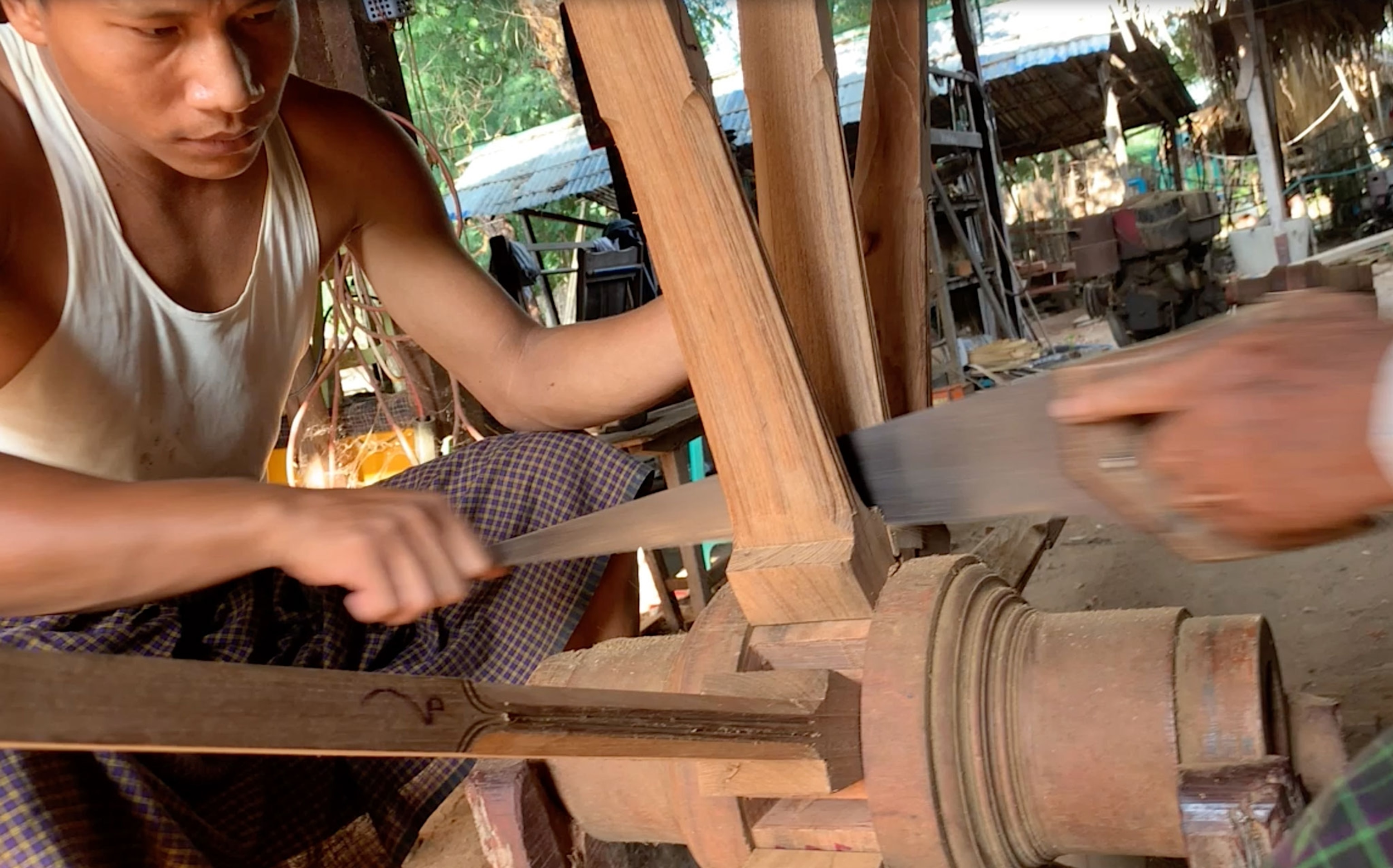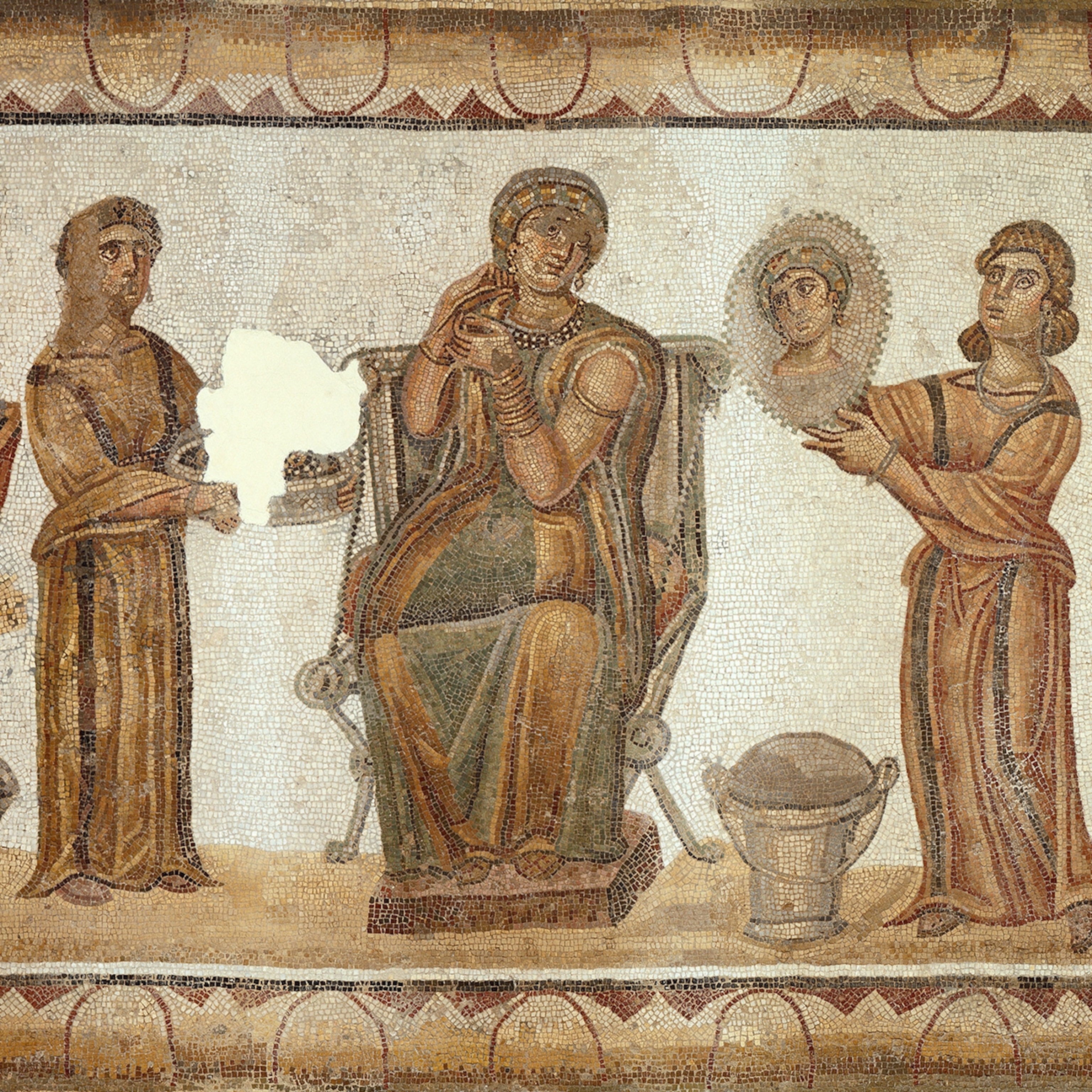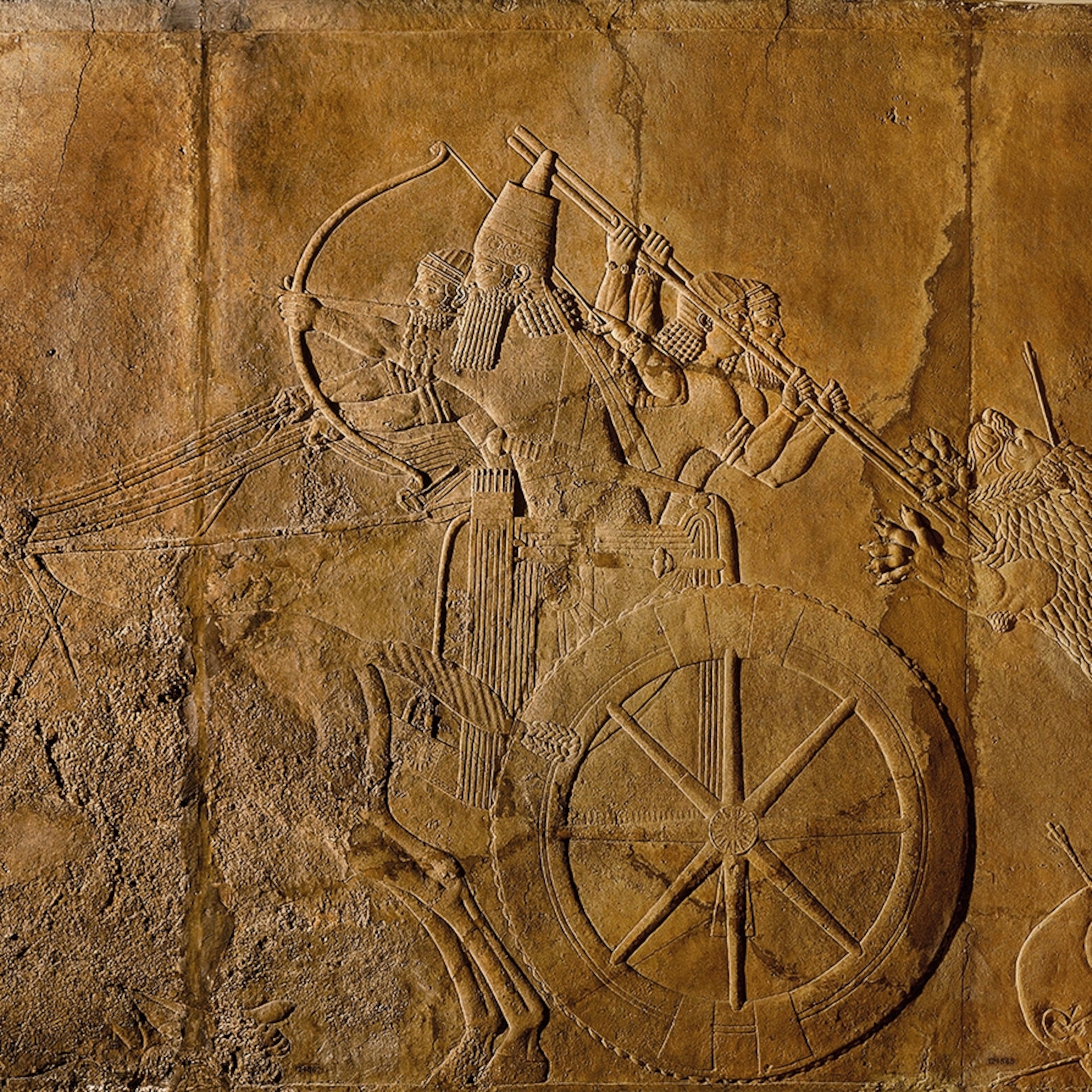
A master ox cart maker keeps his ancient craft rolling in a motorized world
Each wooden cart made in U Than Win’s workshop is a month-long jigsaw of 140 parts. But Chinese tractors are replacing his durable creations.
SHWE PAN KONE VILLAGE, MYANMAR — Consider the wheel: one of humanity’s defining innovations.
The largest wheels deployed for transportation today are most likely the pneumatic tires attached to titanic mining machines. Such tires can be 13 feet high. A flat on these vehicles costs more than $62,000 to replace. The smallest wheels devised by science, on the other hand, is more debatable. But engineers have constructed rotating wheels for “nano cars” that fit within a single molecule. The winning model of a recent international nano car race traveled one micron, roughly the length of a bacterium, or about 0.000039 inches, in 29 hours.
U Than Win, 63, makes wheels that are 55 inches across.
Win’s wooden wheels are attached to traditional ox carts. They contain 14 sleek spokes of teak, hubs of hard rosewood, and rims of hand-forged iron. He is one of the last cartwrights employed in his village of Shwe Pan Kone, a rice-growing community near the banks of the Irrawaddy River in northern Myanmar. Each of his carts is composed of 140 separate parts: a jigsaw of carefully selected lumber, leather strapping, and some iron braces.
“As long as farmers have been here, carts have been here. That’s how it’s been until today,” says Win, a friendly, modest man with the muscles of a professional wrestler. “We don’t have blueprints. We assemble carts from memory.”
Win knows that memory is dimming.
Inexpensive Chinese tractors are replacing animal-pulled carts not only in Myanmar but across Southeast Asia. Win’s 29-year-old son, Kyaw Myo Hlaing, is training to inherit the family business. But whatever Hlaing produces, it soon won’t be ox carts. It will be simulacra: artifacts reimagined for weddings or parades or museums, evoking nostalgia in an utterly motorized world.
I am walking across the continents. Moving roughly at the pace of an ox cart, I collect stories on foot along my route.
It is impossible to escape this sense of mass aphasia anywhere. The extinction of entire systems of human knowledge. Lifeways based on an antique accommodation between the environment and the human hand. A vast, invisible and final turning of a wheel.
Twenty-seven inches across, composed of ash and oak, holed at its center, a crudely hewn disc of solid wood is the world’s oldest-known wheel. It was unearthed in 2002 in former swamp land in the Central European country of Slovenia. The small size suggests it belonged on a pushcart. The wooden axle rotated along with the wheel, making the cart cumbersome to turn. Between 5,100 and 5,300 years old, its manufacture during the Copper Age coincides, more or less, with the invention of writing—the start of recorded history, which as we’re often reminded, moves in circles, like a wheel itself.
There is evidence that the wheel required reinvention at least once in the past.
Between the first and fifth centuries A.D., wheeled vehicles disappeared mysteriously from large parts of the Middle East. For nearly 500 years, no traders’ carts or war chariots rolled across what we today call Arabia. Some historians blame this period of forgetting on crumbling empires and their roads. But a likelier explanation is the supremacy of the camel. Capable of traversing sandy landscapes, carrying payloads of up to 500 pounds and fueled by sparse vegetation, the animals outcompeted wheeled vehicles—until the modern era.
By the time I walked through the region in 2013, the wheel had long since regained its hegemony. As I trudged along desolate highways, curious motorists in Saudi Arabia refused to step out of their cars to chat for even one moment. They drove next to my elbow for hundreds of yards, interrogating me through their rolled-down windows.
U Than Win’s workshop in northern Myanmar is named Ya Da Na Hlaing: “Flourishing Treasure.”


The space is medieval.
Family and workers eat, sleep, toil, and pray in a tree-shaded quadrangle of orange clay where handsaws rasp in two-beat rhythms and smithy hammers ring. Daw Pyae Kyie, the family matriarch, boils rice noodles for the crew. The construction yard doubles as a playground for Win’s school-age granddaughter, Htet Nandar Tun. Win roams the hand-tool production line, pitching in, encouraging, joking quietly. He spends a month assembling each cart. They come in three models: large cargo wagons, mid-size farm carts, and lean racing rigs. They cost 900,000 kyats (about $690).
“He’s our best craftsman,” U Thin Swe, a farmer who commissioned a new wagon, said of Win. “I’ll be able to get 25 or 30 years of work out of my cart.” Swe worried about finding oxen, though. Lately, brokers were passing through northern Myanmar buying up draft animals and transporting them to China. “I have no idea what they use them for,” he said.
A very brief story of addiction to motorized wheels:
Years ago, while traveling in Venezuela’s oil patch, I was asked by a taxi driver how many cars Americans own. I had no idea, I said, but millions. (The actual number is close to 280 million.) So many cars, the cabbie sighed. What were we going to do with them all? Maybe we should use them as sarcophagi?
One hot Burmese day, U Than Win pushed a finished ox cart out of his yard near the Irrawaddy.
The wagon’s 140 pieces were joined snugly, with few screws or nails. It emitted a medley of squeaks, chirps, and tremulo notes as wood rubbed and flexed against wood. The new iron rims on the chiseled wheels chimed against stones. The spokes blurred like harp strings in motion.
“I feel like some of my work lifted off of me,” Win said. “So many carts. Not less than a thousand.” He smiled.
Weeks earlier, plodding a lonely farm road west of Mandalay, I had watched just such a cart approach. Its driver had suspended a smudge pot between the bullocks’ heads against flies. The driver waved. And the cart trailed smoke like incense, singing into silence as it vanished.








